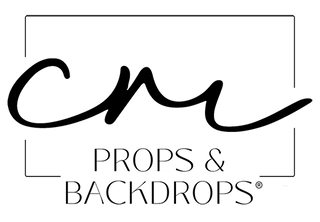HOW TO: Choose a Backdrop for Food Photography
Photo Credit- Josie Wells, Your Ultimate Menu @yourultimatemenu
Here are some tips on creating delicious visual delights and setting the stage with the right vinyl backdrop.
- If you are choosing your first food photography background it is sensible to play it safe with colours. Most food are warm in colour (yellow, orange, red) so by using backdrops that are cool coloured (blue, green, purple, or white) you'll be allowing the food to pop away from the background. Another characteristic to consider is the overall colour saturation so to start with muted, desaturated backgrounds will have the most utility.
- Be aware that grey can be a warm grey (undertones of yellow/beige) or cool grey (undertones of blue), cool grey being the most useable for food photography.
- Avoid busy and overly textured pattern which will draw attention away from the food.
- Avoid surfaces that you wouldn't ordinarily eat off.
- Having said all that, rules are there to be broken and there are many colourful and textured backdrops that will create stunning, dramatic food photos.
Photo Credit- Nikki @revisededitionstyle
Here is a photo of watermelons on a deep blue design (Azure Blue backdrop) which takes advantage of the primary colours, blue and red being cool and warm respectively. They are also 2 of the three triadic colours (red, blue,green), being evening spaced on the colour wheel and creating a bold and vibrant photo.

Photo Credit- Kirsten Bridge @kirstenbridgephotography
This deep brown backdrop (Tarnished metal backdrop) is a warm and textured backdrop and despite going against the 'rules' works really well here. The monochromatic colours are harmonious and relaxing to the eye, which complements the feel you get from smelling eating the bread. The background texture is moderate but still not enough to overshadow that of the freshly baked bread.














